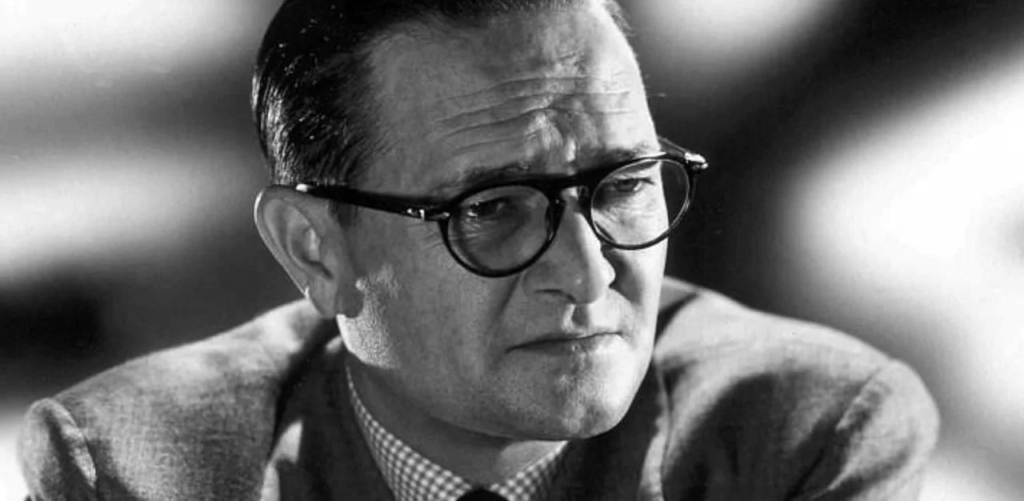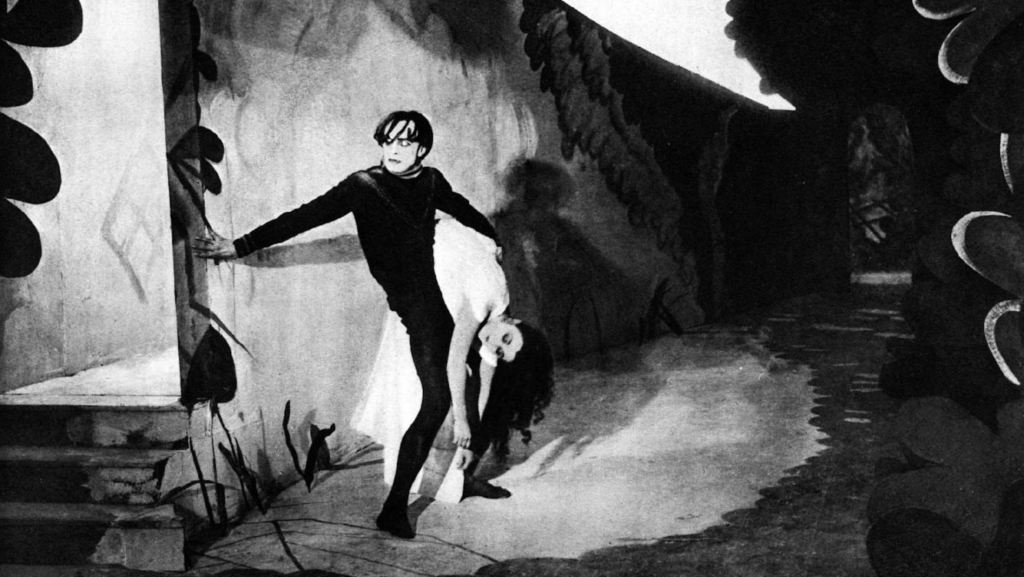I’m Salik Waquas, a passionate filmmaker and professional colorist with years of experience working on mainstream commercials, feature films, short films, documentaries, and music videos. My journey into the world of cinema started with a background in mechanical engineering, but my curiosity for filmmaking and cinematography quickly grew, leading me to pursue a career in color grading.
I’ve worked with various directors and cinematographers to enhance visual storytelling, bringing out the emotional depth of each frame through color. Films like Citizen Kane directed by Orson Welles in 1941, with its groundbreaking cinematography, continue to inspire my work as I explore the nuances of visual storytelling.
Citizen Kane Cinematography Analysis
As a colorist and filmmaker, my passion for cinematic visuals naturally leads me to the work of Gregg Toland and his groundbreaking cinematography in Citizen Kane. When I reflect on the technical marvels and visual storytelling that Toland achieved, it’s evident how this film changed the language of cinema. Every aspect of the film’s cinematography continues to influence my work and countless others in the industry today. In this article, I will dive into the various elements that made Citizen Kane visually exceptional while sharing my own insights as someone who works with color and film on a daily basis.
🎬 A Note from Salik:
I often get asked how I achieve the dense, filmic look in my commercial work. The secret isn't just color grading—it's the starting point. I have finally released my personal Master LUT Pack—8 distinct looks based on real film.
These aren't simple presets; they were crafted using complex math, empirical data, and precise tetrahedral operations to ensure technical integrity. This is the exact collection I've built over the years and used on 200+ high-end commercials.
*Compatible with Davinci Resolve, Premiere Pro, and FCPX.
About the Cinematographer

Gregg Toland, the cinematographer behind Citizen Kane, was a visionary who redefined the art of visual storytelling. Prior to working with Orson Welles on this film, Toland had already established his reputation with his innovative work on films like Wuthering Heights (1939). His expertise, particularly in deep-focus photography, combined with Welles’ unorthodox approach to filmmaking, made Citizen Kane a landmark in the evolution of cinema. What fascinates me most about Toland’s work is how he used cinematography not merely as a tool to capture narrative but as a language to express deeper layers of meaning. His ability to innovate and push the boundaries of what cinematography could achieve still inspires me in my work as a colorist.
Inspiration for the Cinematography of Citizen Kane

The visual style of Citizen Kane drew inspiration from multiple artistic movements, but its foundation is rooted in German Expressionism. This movement, known for its stark contrasts, dramatic lighting, and exaggerated compositions, heavily influenced Toland’s approach to lighting and framing. As a filmmaker who is deeply fascinated by how light can sculpt mood and emotion, Toland’s work resonates with me on a personal level. He didn’t just illuminate his subjects—he used shadows, angles, and contrast to evoke complex psychological states.
Orson Welles also brought a unique perspective to the film’s cinematography due to his theater background. His preference for long takes and elaborate set designs made for a cinematic experience that felt theatrical yet deeply immersive. The combination of Welles’ desire for long, uninterrupted scenes and Toland’s mastery of deep focus photography created an environment where every corner of the frame had significance. The immersive visual storytelling in Citizen Kane owes much to the perfect marriage of these two minds.
Camera Movements Used in Citizen Kane
When I think of the camera movements in Citizen Kane, I can’t help but marvel at how ahead of its time it was. The camera isn’t just a passive observer in this film; it’s an active participant in the story. One of the techniques that stand out is the way the camera moves fluidly through scenes, offering the audience a god-like perspective that feels almost omniscient. Toland and Welles didn’t just move the camera—they moved it with purpose, precision, and emotion.

A particularly striking example is the scene where young Charles Kane is seen playing in the snow while, inside, the adults discuss his future. The camera pulls back from the window, seamlessly moving through the room, and this movement mirrors the emotional distance between Kane’s carefree youth and the life-altering decisions being made. As a colorist, I often think about how camera movements can guide emotional reactions in the same way that tonal shifts in color can.

Another standout example is the disastrous opera performance by Susan Alexander, where the camera cranes up into the rafters, revealing the reactions of the crew. This high-angle shot not only captures the scope of the action but also magnifies the emotional tension of the moment. These camera movements serve to elevate the narrative, blending technical prowess with emotional storytelling—a lesson I take into my own work, where every choice, whether in movement or color, must serve the story.
Compositions in Citizen Kane

The compositions in Citizen Kane are a masterclass in visual depth. Toland’s use of deep focus allowed for compositions where every element of the frame remained in sharp detail, creating a layered narrative within each shot. What I admire most about this technique is how it us to engage with the entire frame, rather than just the foreground or the primary subject.
The iconic scene where Mrs. Kane signs away her son’s future is a perfect example of how composition can mirror emotional and narrative complexity. In the foreground, the adults discuss Charles’s future, while in the background, young Charles plays obliviously in the snow. The deep focus in this shot allows us to see both actions simultaneously, creating a poignant juxtaposition. As someone who works extensively with images, I am deeply influenced by how this compositional technique enhances the emotional and narrative depth of a scene.
Lighting Style of Citizen Kane

As a colorist, light is my paintbrush. It’s how I shape mood, texture, and emotion in my work. That’s why Toland’s lighting in Citizen Kane strikes such a chord with me. The high contrast, moody lighting, heavily influenced by German Expressionism, adds an additional layer of psychological complexity to the film. His use of shadows and chiaroscuro effects isn’t just for dramatic flair—it’s a tool that underscores the emotional tension and moral ambiguity in the story.
The way shadows are used to depict Charles Kane’s internal struggles is particularly striking. In several scenes, Kane is half-lit or cloaked in shadow, symbolizing the darker aspects of his character. The chiaroscuro lighting not only adds visual beauty but also amplifies the underlying themes of power, loss, and personal failure. In my color work, I often think about how I can use light and shadow to similarly enhance the emotional beats of a story.
Lensing and Blocking in Citizen Kane
The lensing and blocking in Citizen Kane were revolutionary. The wide-angle lenses used by Toland created a sense of grandeur and space, allowing for deep focus shots that made the film visually expansive. This, combined with the meticulous blocking of actors within the frame, gave the film a theatrical quality that added to its emotional depth.

In one of the film’s most famous scenes, Kane is positioned far away from Susan in their enormous mansion, symbolizing the emotional gulf between them. The use of wide lenses accentuates the vast, empty space between the characters, visually reinforcing the growing distance in their relationship. As a filmmaker and colorist, I’ve learned that framing and blocking are just as important as color in conveying emotion. The way Welles and Toland used space and composition in this scene is a perfect example of how to use visual language to tell a story.
Color of Citizen Kane
Even though Citizen Kane was filmed in black-and-white, its “color ” in terms of tonal range and contrast was meticulously controlled. As a colorist, I am constantly thinking about how different shades of light and dark can influence the mood of a scene, and Toland’s work in this area was nothing short of masterful. The grayscale palette in Citizen Kane is rich with texture, where different tones of black, white, and gray are used to highlight emotional depth and narrative tension.

For example, the sharp contrasts between light and dark throughout the film symbolize the moral ambiguity of Kane’s character. The tonal shifts—from the bright, harsh light of Kane’s early success to the darker, more somber tones of his later life—mirror the film’s narrative arc. This kind of meticulous control over luminance is something I strive for in my own color work, whether I’m working with color or black-and-white footage.
Conclusion
Citizen Kane is not just a film; it’s a visual masterpiece that continues to inspire filmmakers and colorists like me. Gregg Toland’s cinematography, with its innovative use of deep focus, dynamic camera movements, and dramatic lighting, revolutionized the way stories could be told through film. As someone who works in post-production, I find endless inspiration in Toland’s work, especially in how he transformed technical challenges into creative opportunities. The lessons from Citizen Kane—about light, composition, and emotional storytelling—are ones I carry with me into every project I work on.
- Also Read: CINEMATOGRAPHY ANALYSIS OF BREATHLESS (IN DEPTH)
- Also Read: CINEMATOGRAPHY ANALYSIS OF MOONRISE KINGDOM (IN DEPTH)
Browse Our Cinematography Analysis Glossary
Explore directors, cinematographers, cameras, lenses, lighting styles, genres, and the visual techniques that shape iconic films.
Explore Glossary →